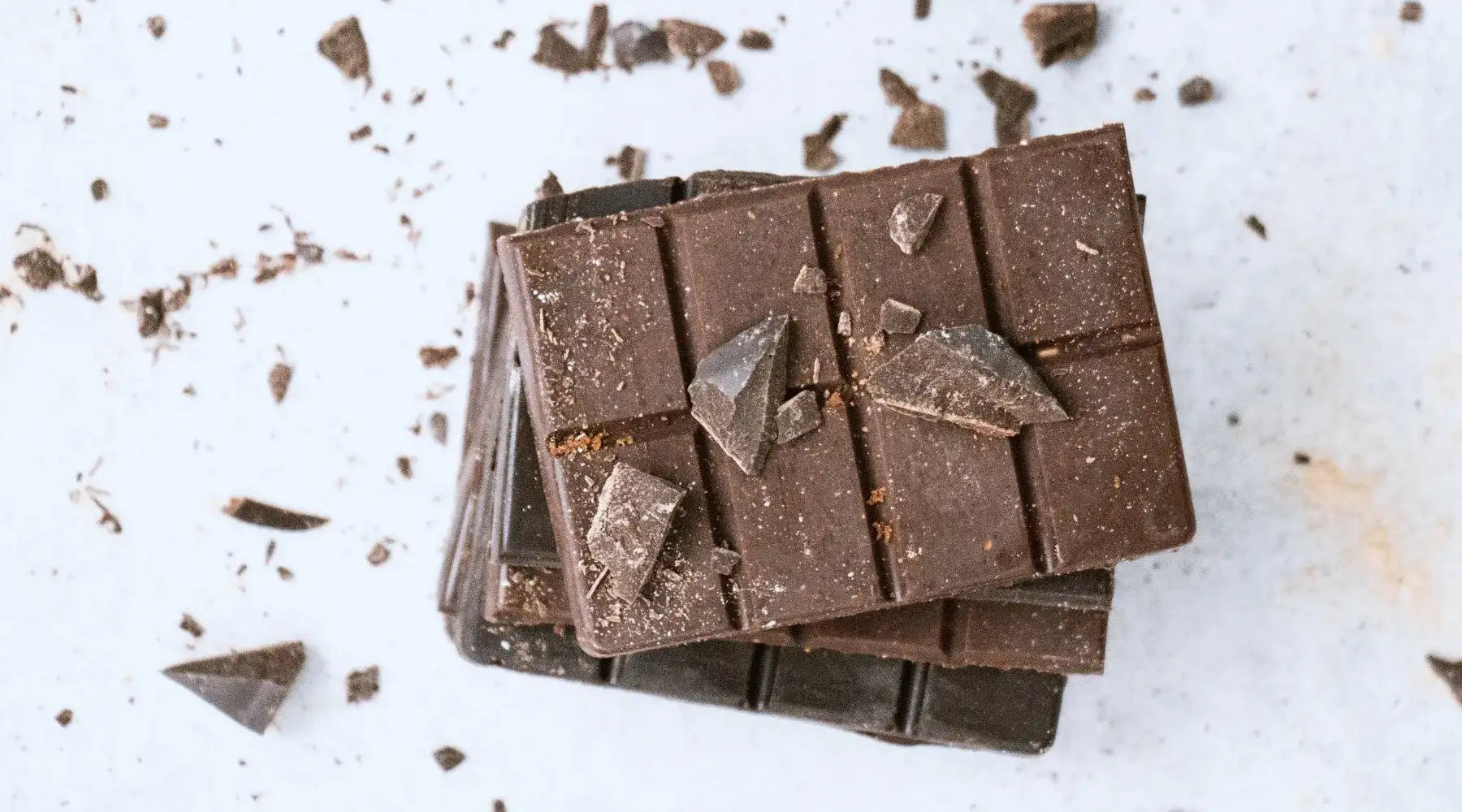CCN-51 is a high yielding, resistant cocoa bean variety grown for the chocolate industry. The disease-resistant variety is being increasingly cultivated, particularly in areas where many cocoa trees have been affected by the disease 'Witches' Broom'. It ensures the farmers large harvests and thus a secure livelihood. So is CCN-51 the savior of the fine flavor cocoa world? While CCN-51 (Collección Castro Naranjal 51) sounds extremely attractive at first glance, industry experts are divided. However, the majority are concerned given the high production of a single variety and the consequent loss of biodiversity...
Funny-soundingly named 'Witches' Broom', the fungus is a devastating pathogen with a huge appetite for cocoa beans. In the twentieth century, the fungus experienced a peak (once again) and in some cases paralyzed large cocoa areas with its infestation. After all, it was Homero Castro who supposedly put an end to the cocoa scare in the 1960s: with the development of the cocoa hybrid CCN-51. From the 1990s, the highly productive, disease-resistant hybrid eventually became the dominant cocoa variety in many cocoa-growing regions of Ecuador. In the meantime, a share of almost 40% is assumed. And exactly here lies the problem!

When the productive variety was introduced, CCN-51 was seen as a lifeline that would ensure the survival of the cocoa industry in many countries. However, many quickly recognized the added value of the highly efficient variety. Instead of flavors and quality, the focus was on productivity. Instead of diversity, the focus was on potency. And of course not without reason! There were guaranteed buyers for the efficient CCN-51 variety and there were no crop failures. With fine flavor cocoa varieties, on the other hand, the cocoa producers risk infestation, small yields and often have no purchase guarantee, but above all loss of wages if the harvest fails. Nevertheless, fine flavor cocoa has a decisive advantage!
As is so often the case with CCN-51, you can't have everything. While the hybrid delivers consistent and high yields, it is grown in monocultures in full sun exposure. Of course, there are other cultivation options for CCN-51, but for many farmers this cultivation method simply offers itself. The result: the hybrid permanently destroys soil fertility, crowds out other varieties and leads to the loss of cocoa diversity. Not only that, but if CCN-51 becomes too dominant, it could become afflicted with disease and eventually die out as well. This would in turn threaten cocoa worldwide! CCN-51 is also coping well with current climate conditions. However, it is unclear whether this will also be the case in the future.

According to experts, extreme weather conditions and increasing temperature fluctuations due to climate change will probably hit many cocoa cultivation systems hard. In particular, systems based on monocultures are considered to be particularly at risk. In contrast, agroforestry systems with old and native cocoa varieties are considered forward-looking and “ climate smart ”. They are considered to be particularly adaptable and positive for the environment. Agroforestry systems provide habitat conservation and biodiversity enhancement through intercropping. For farmers, mixed crops also allow them to diversify their income. Diversification reduces reliance on a single, dominant monoculture strain that could be wiped out completely by just one disease outbreak or weather catastrophe—worst case scenario. Maintaining a broad genetic pool, on the other hand, increases the chances of the survival of cocoa bean varieties worldwide.
You want to protect the environment and eat rare fine chocolate ;-)? No problem, once this way please . You want to get more background knowledge? We would be happy to explain more about sustainability in the chocolate sector - using a practical example, for example as part of a team event . As we taste our way around the world in 70%, you'll learn everything you ever wanted to know about chocolate! Come with us on a chocolaty taste excursion!
What exactly is CCN-51?
Funny-soundingly named 'Witches' Broom', the fungus is a devastating pathogen with a huge appetite for cocoa beans. In the twentieth century, the fungus experienced a peak (once again) and in some cases paralyzed large cocoa areas with its infestation. After all, it was Homero Castro who supposedly put an end to the cocoa scare in the 1960s: with the development of the cocoa hybrid CCN-51. From the 1990s, the highly productive, disease-resistant hybrid eventually became the dominant cocoa variety in many cocoa-growing regions of Ecuador. In the meantime, a share of almost 40% is assumed. And exactly here lies the problem! 
CCN-51 – a devil in disguise?
When the productive variety was introduced, CCN-51 was seen as a lifeline that would ensure the survival of the cocoa industry in many countries. However, many quickly recognized the added value of the highly efficient variety. Instead of flavors and quality, the focus was on productivity. Instead of diversity, the focus was on potency. And of course not without reason! There were guaranteed buyers for the efficient CCN-51 variety and there were no crop failures. With fine flavor cocoa varieties, on the other hand, the cocoa producers risk infestation, small yields and often have no purchase guarantee, but above all loss of wages if the harvest fails. Nevertheless, fine flavor cocoa has a decisive advantage!
Biodiversity instead of monocultures
As is so often the case with CCN-51, you can't have everything. While the hybrid delivers consistent and high yields, it is grown in monocultures in full sun exposure. Of course, there are other cultivation options for CCN-51, but for many farmers this cultivation method simply offers itself. The result: the hybrid permanently destroys soil fertility, crowds out other varieties and leads to the loss of cocoa diversity. Not only that, but if CCN-51 becomes too dominant, it could become afflicted with disease and eventually die out as well. This would in turn threaten cocoa worldwide! CCN-51 is also coping well with current climate conditions. However, it is unclear whether this will also be the case in the future.
Coconut change due to climate change?
According to experts, extreme weather conditions and increasing temperature fluctuations due to climate change will probably hit many cocoa cultivation systems hard. In particular, systems based on monocultures are considered to be particularly at risk. In contrast, agroforestry systems with old and native cocoa varieties are considered forward-looking and “ climate smart ”. They are considered to be particularly adaptable and positive for the environment. Agroforestry systems provide habitat conservation and biodiversity enhancement through intercropping. For farmers, mixed crops also allow them to diversify their income. Diversification reduces reliance on a single, dominant monoculture strain that could be wiped out completely by just one disease outbreak or weather catastrophe—worst case scenario. Maintaining a broad genetic pool, on the other hand, increases the chances of the survival of cocoa bean varieties worldwide. You want to protect the environment and eat rare fine chocolate ;-)? No problem, once this way please . You want to get more background knowledge? We would be happy to explain more about sustainability in the chocolate sector - using a practical example, for example as part of a team event . As we taste our way around the world in 70%, you'll learn everything you ever wanted to know about chocolate! Come with us on a chocolaty taste excursion!



